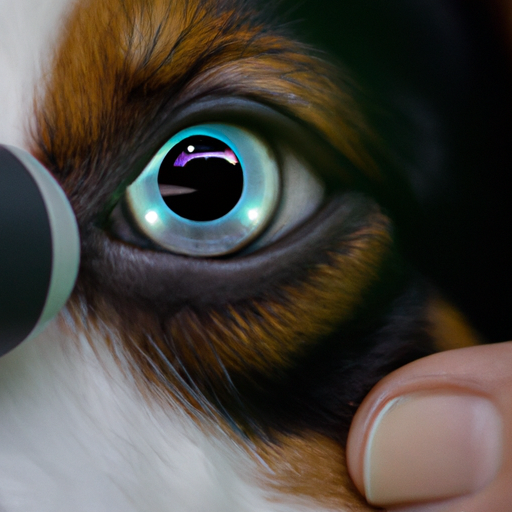Glaucoma is a common condition that can affect our beloved canine companions. It’s heartbreaking to think of our four-legged friends suffering from such a condition. But understanding what it is, how to spot it, and what treatments are available can help you give your pet the best care possible.
1. Understanding Glaucoma in Dogs
Glaucoma refers to a group of eye conditions that can lead to damage to the optic nerve – the nerve that carries visual information from the eye to the brain. This damage can result in vision loss and can be very painful for your dog.
In dogs, glaucoma often arises due to abnormal fluid production or drainage within the eye, causing an increase in intraocular pressure (IOP). This pressure can damage the optic nerve and other parts of the eye, leading to vision loss.
2. Recognizing the Symptoms
Being aware of the symptoms of glaucoma is crucial for early detection and treatment. Your dog may display signs such as:
- Redness in the eye
- Cloudy cornea
- Excessive tearing
- Visible third eyelid
- Dilated pupil
- Vision loss
3. Risk Factors and Prevention
Certain breeds are more susceptible to glaucoma than others. These include Cocker Spaniels, Poodles, Siberian Huskies, and Basset Hounds. However, any dog can develop the condition.
Preventing glaucoma can be difficult because it often has a genetic component. However, regular check-ups with your vet can help detect early signs.
4. Treatment Options
Treatment for glaucoma aims to reduce intraocular pressure and alleviate pain. Options include:
- Medication: Eye drops or oral medications can help decrease fluid production or increase fluid drainage.
- Surgery: In severe cases, a vet may recommend surgery to improve fluid drainage.
- Laser treatment: This can help reduce fluid production and alleviate pressure.
Your veterinarian will discuss the best course of action based on your dog’s specific situation.
5. Living with a Glaucomatous Dog
With proper management, dogs with glaucoma can still lead happy, fulfilling lives.
- Ensure your pet’s environment is safe and familiar; sudden changes can be stressful to a visually impaired dog.
- Regularly check your dog’s eye pressure at home with a tonometer if possible.
- Follow your vet’s advice on medication administration and follow-up appointments.
Frequently Asked Questions
Q: Can glaucoma lead to blindness in dogs?
A: Yes, if left untreated, glaucoma can cause irreversible blindness.
Q: How is glaucoma diagnosed in dogs?
A: Vets typically diagnose glaucoma using a tonometer to measure intraocular pressure.
Q: Can glaucoma be cured in dogs?
A: No, glaucoma cannot be cured, but it can be managed with medication, surgery, or laser treatment.
Q: Is glaucoma painful for dogs?
A: Yes, glaucoma can cause significant discomfort and pain in dogs.
Q: How can I help my dog with glaucoma?
A: Regular vet check-ups, proper medication administration, and a safe, comfortable environment can help manage your dog’s condition.



